This post contains product affiliate links. These are mainly on items/hotels/tours that I personally endorse & love. I may earn a small commission if you make a purchase, but at no extra cost to you.
Thinking of doing the Kumano Kodo trek in Japan? From advice to accommodation, this is all you need to know about hiking the Kumano Kodo!
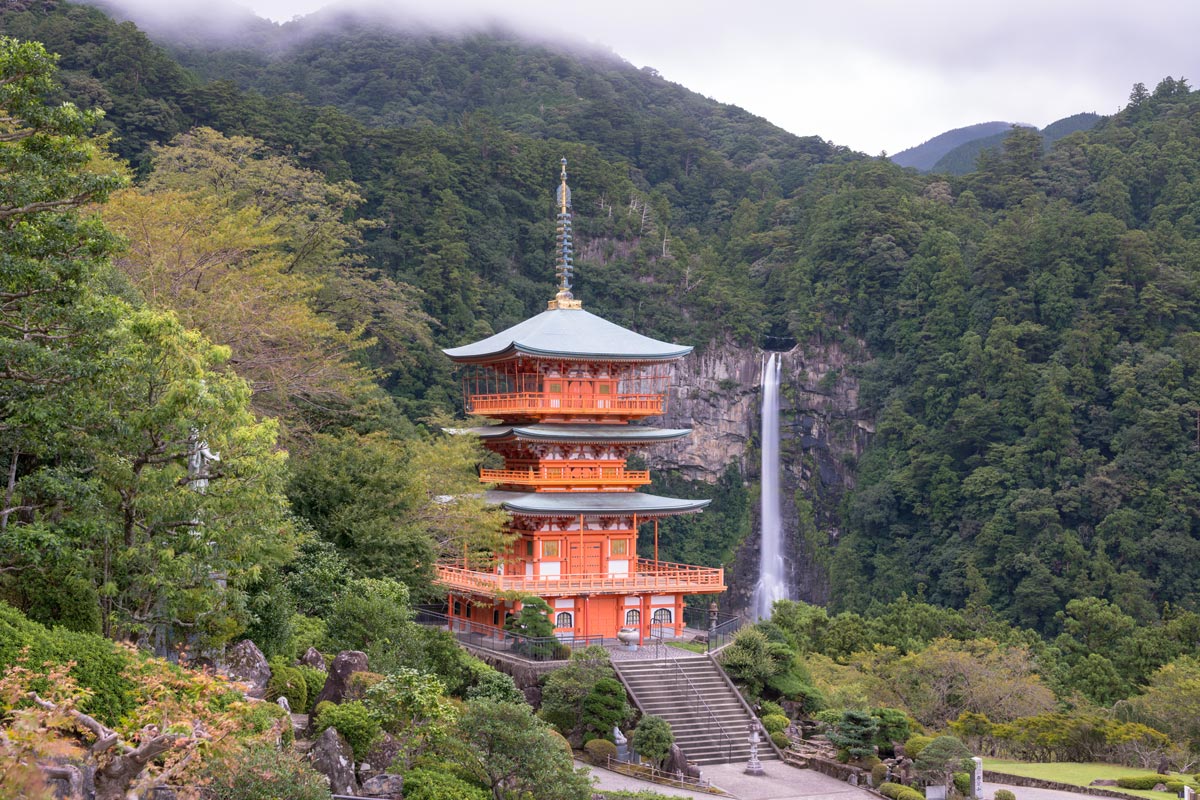
I’m going to say this right away, the Kumano Kodo trek in Wakayama is one of the best I’ve ever done in my life. Honestly, I really mean that.
With gorgeous rolling mountains, mist rising in the morning, tea houses along the route, traditional temples to stop off at – the Kumano Kodo trail has all of this and more. Also, where else in the world can you walk in the footsteps of Japanese emperors and samurai?
I recently visited Japan for the first time, and one of the things I was most looking forward to doing was hiking the Kumano Kodo. In the hiking world, this is up there as one of the most popular hikes you can do. Well, it certainly didn’t disappoint.
I’ve always been drawn to the mountains. There’s some so ethereally beautiful about hiking in this part of Japan. It gets to you, gets to your soul. After doing the Kumano Kodo trek myself, I can see why this is so high up on people’s bucket list. I really can’t recommend it enough.
So, if you’re thinking of doing the Kumano Kodo pilgrimage yourself, this is the post for you – from the history of the area to which is the best route to take, this is everything you need to know about hiking the Kumano Kodo!
Travelling around Japan? Then make sure you read my big two week itinerary for Japan. You can also check out some of my guides to Kyoto, Hiroshima and Osaka here.
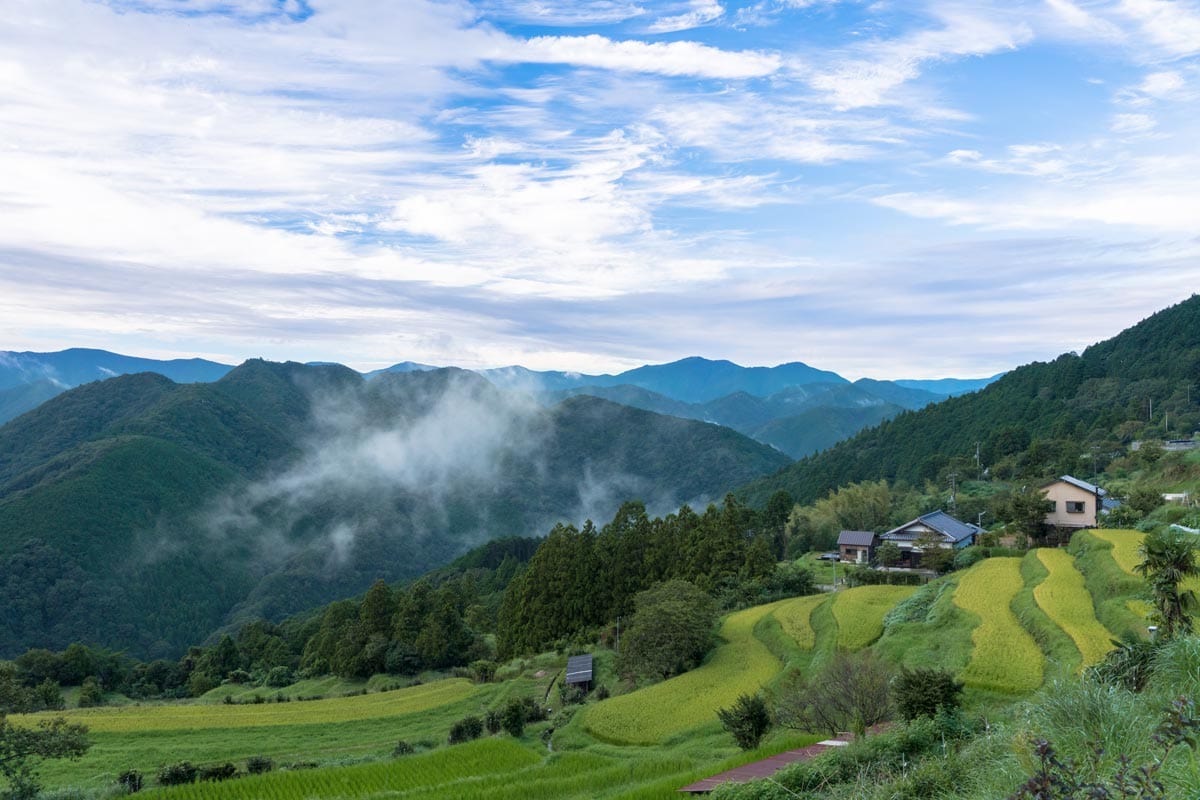
Contents:
What is the Kumano Kodo trail?
The Kumano Kodo is a 70km 5-day pilgrimage taking you through the most beautiful countryside in Wakayama.
I didn’t realise this before I trekked the Kumano Kodo myself, but there are only two hiking routes that have UNESCO World Heritage status – this one and the Camino de Santiago (the Way of St. James) in Spain.
Because of this, these two routes are linked together. If you complete the Kumano Kodo walk and the Camino de Santiago then you can officially refer to yourself as a ‘dual pilgrim’ – how cool is that? You even get your own certificate and everything.
The Kumano Kodō is the holiest and most sacred pilgrimage in Japan. This route used to be only reserved for emperors and samurai. Being a bit of a history buff, I loved that I actually walked the same route as the old Japanese emperors centuries before me.
Put it this way, hiking in Wakayama really doesn’t get any better than this.
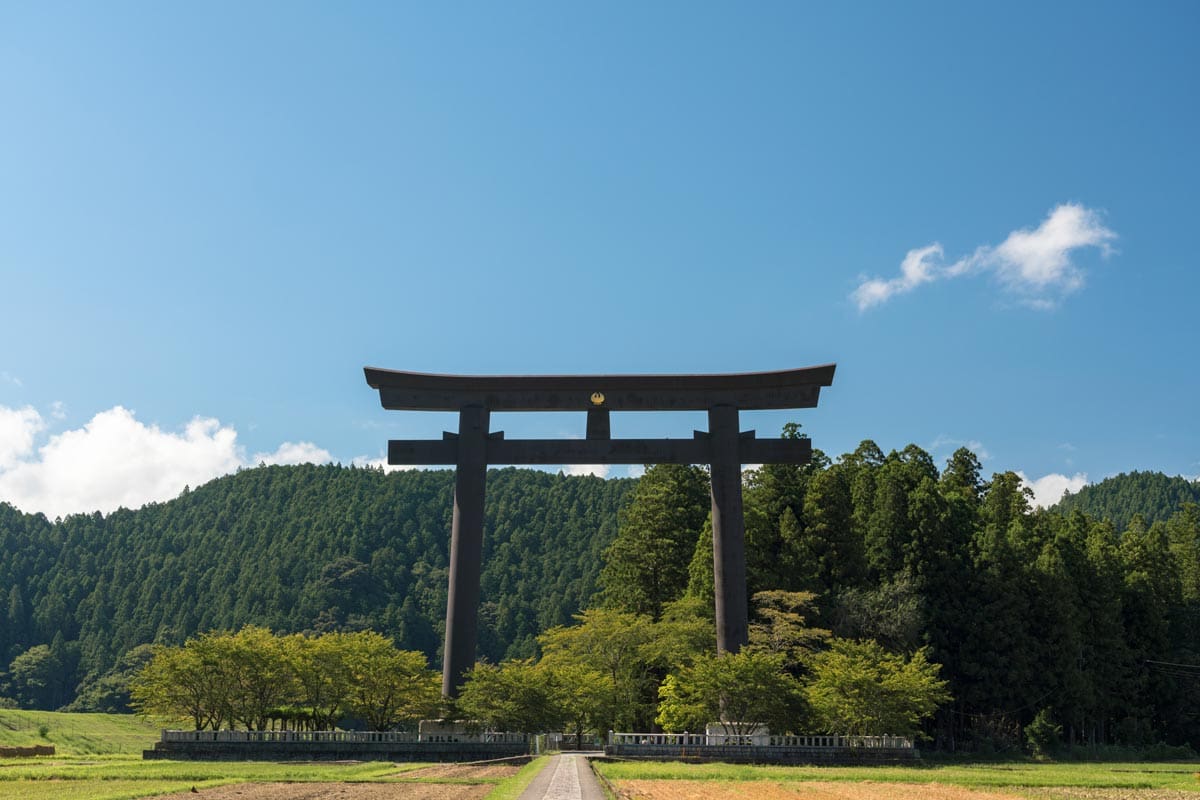
The history of the Kumano Kodo
Don’t worry if you haven’t heard of the Kumano Kodō before – I hadn’t either before I trekked it. However, it is old. The history of this route dates back over 1,000 years. And urban legends in this area date back even further.
At the very centre of this religious area are the three Kumano shrines: Hongu Taisha, Hayatama Taisha and Nachi Taisha. Collectively they are known as Kumano Sanzan.
However, the Kumano Kodo pilgrimage route developed over time as a way for people to move between these sacred areas on the Kii Peninsula.
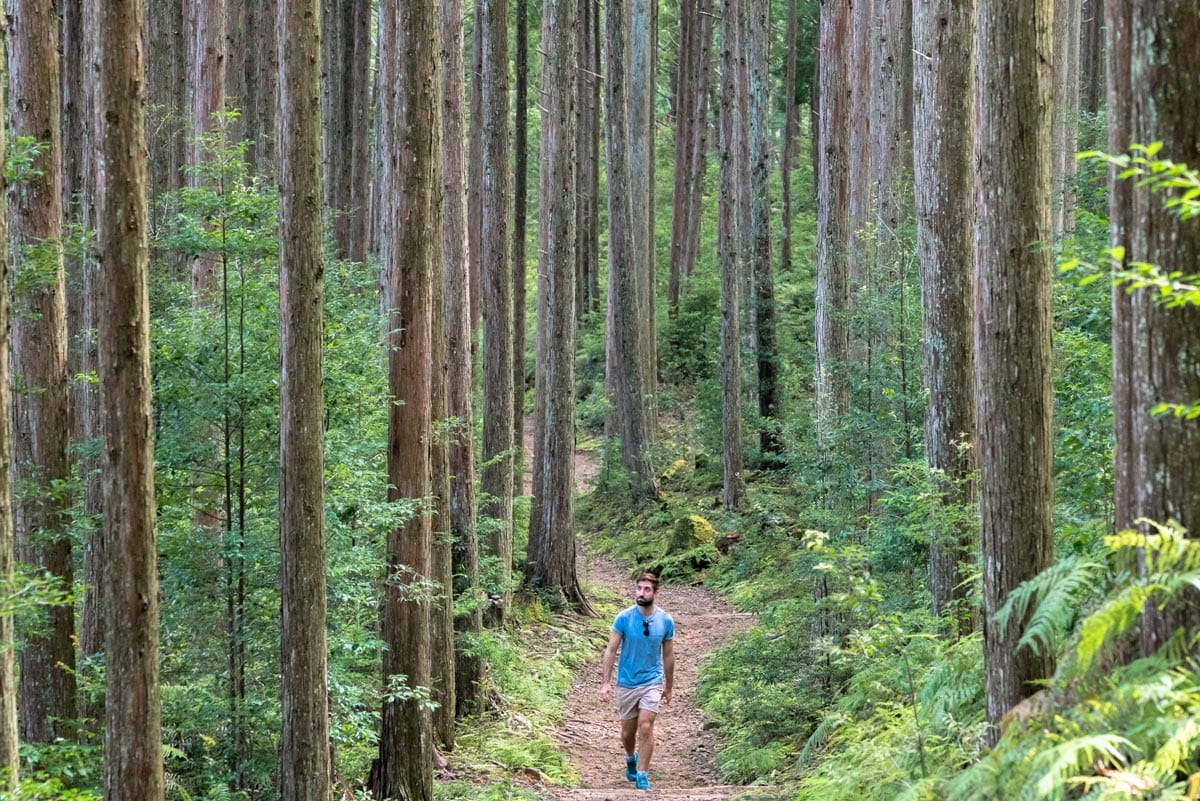
By the 12th century, the Kumano Sanzan were well known shrines all over Japan pulling in people from all over the country, and the route eventually became a religious pilgrimage for all those who walked it.
Once emperors walked the Kumano Kodo searching for peace and enlightenment, the route was secured as one of the most popular pilgrimages in Japan. This is something that hasn’t changed for the centuries since.
One of the things I loved about the Kumano Kodo trek is you really get a sense of the importance and history of it. Add in the mountains and forest, and it’s hard not to get caught up in the moment yourself. I know I certainly did!
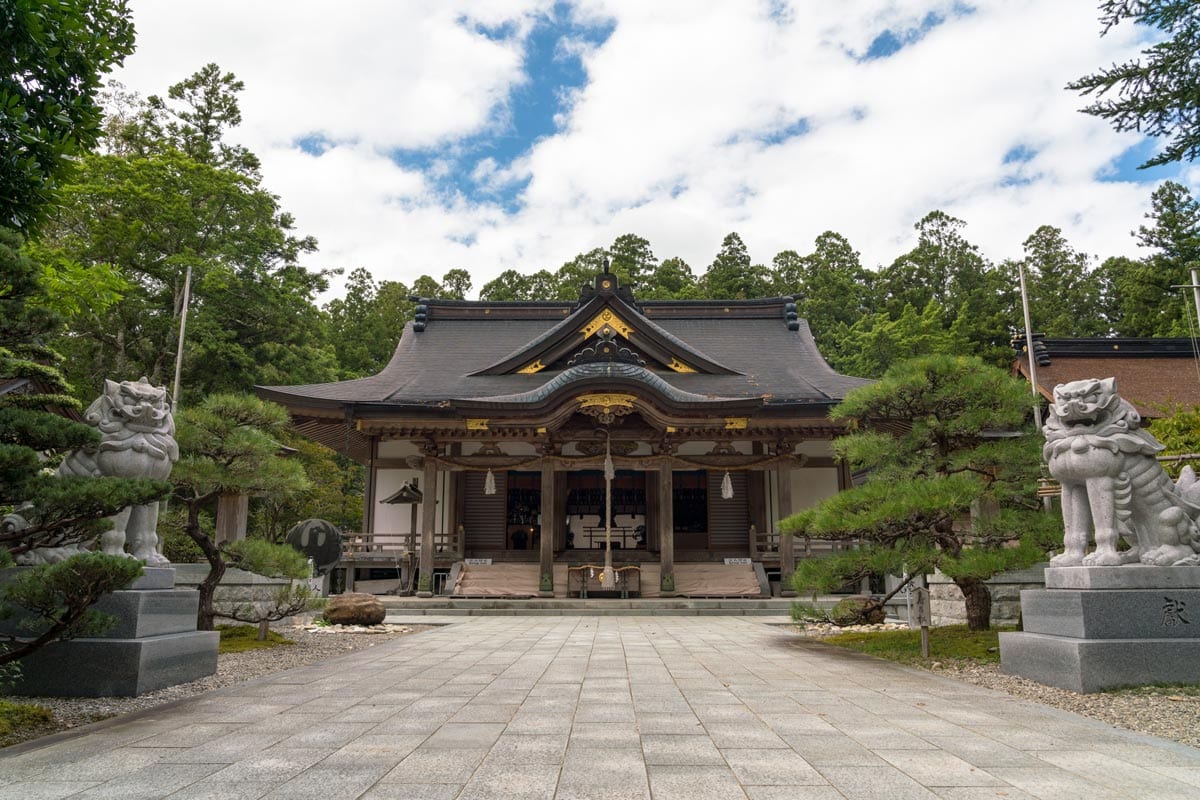
Nakahechi – the main hiking route
Unlike the Camino de Santiago that has a clear start point and end point, the Kumano Kodo is not one route but a network of routes all linking together.
This means you can start at different points, some trails taking 30 days and some taking just a few hours. It all depends how much time you have and how much of the Kumano Kodo trail you want to do.
However, historically pilgrims would visit the three main shrines of the Kumano Sanzan which are the three cornerstones of the Nakahechi route (the Imperial Route), the most popular and action-packed route through Wakayama.
The Nakahechi pilgrimage route starts from Tanabe on the western coast of the Kii-Peninsula and works its way east across the mountains towards the Kumano grand shrines at Hongu and then Nachisan.
This trail has traditional lodgings in small, isolated villages along the route and is a trail very well suited for those of you looking at doing it on your own. That’s one of the best things about this route – it’s really friendly for all types of hikers.
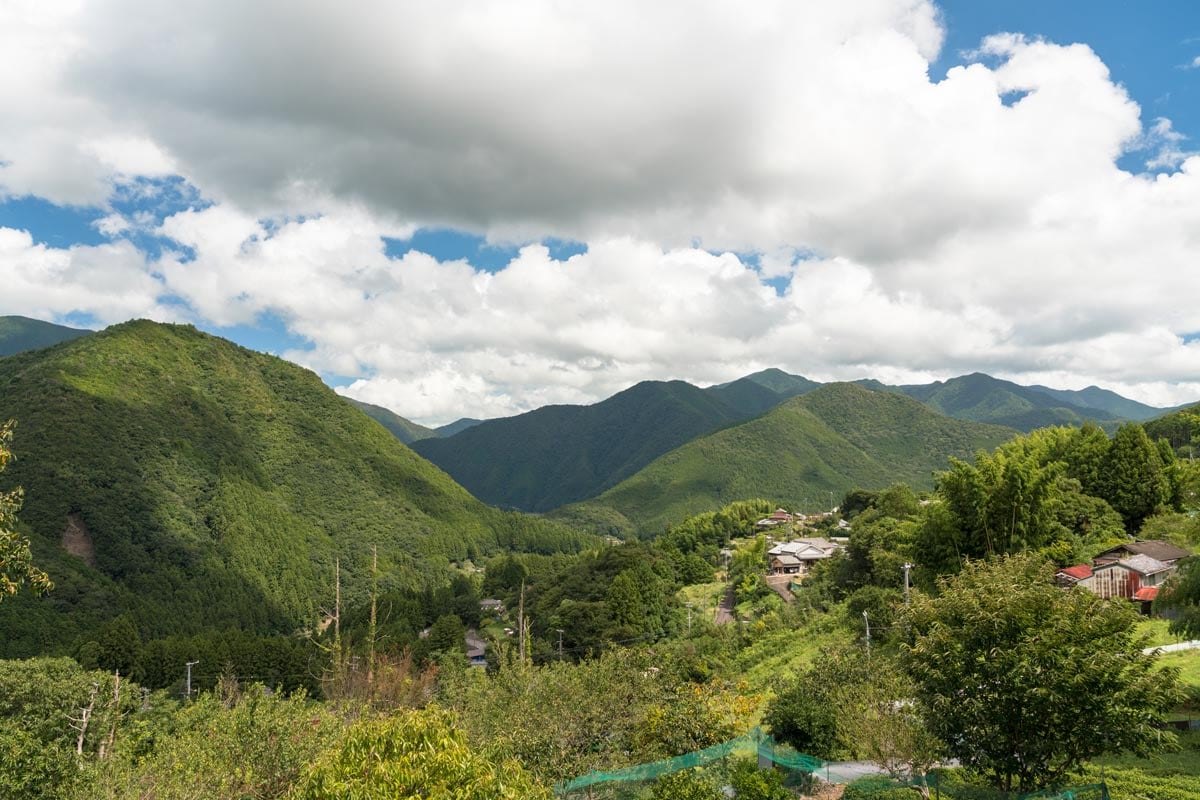
Kumano Kodo map
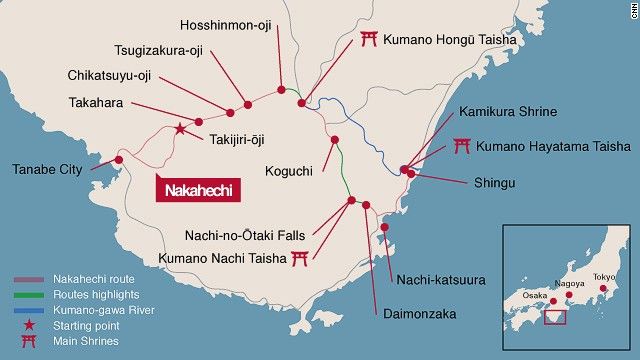
The three main shrines of the Kumano Sanzan
Hongu Taisha:
This shrine is nestled in the forests of Wakayama and is made up of three main temples.
Legend has it that the Kumano gods, in the form of three moons, descended into the branches of a giant oak tree in this clearing and laid to rest forever. Today, each of the three temples is said to have the spirit of the gods, and people prayer to the different temples for safe passage in life.
All of the Kumano Kodo pilgrimage routes lead to this sacred site and I had one of my best days in Japan here. There are a number of market stalls selling ice-cold water and snacks if you need to pick anything up.
Also, you can buy traditional Japanese ‘charms’ to pray with at the temples. Just don’t forget to ring that bell to make sure your prayer is heard!
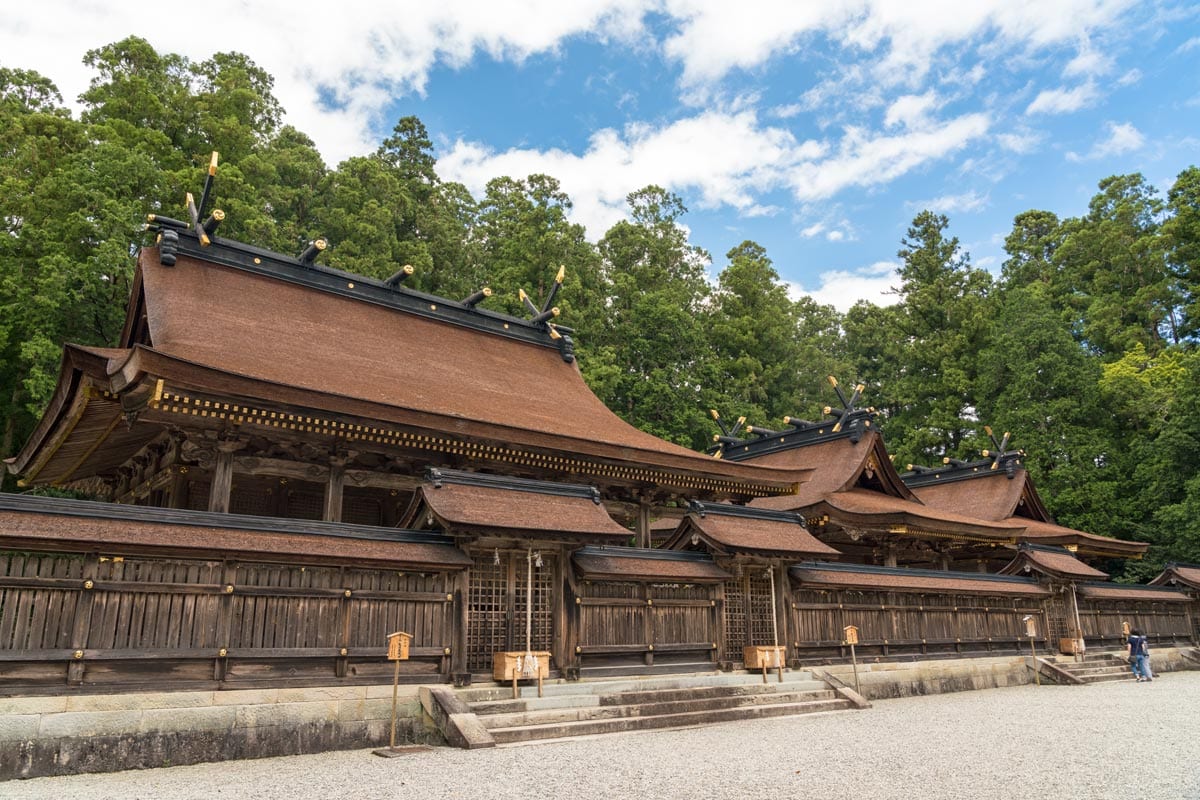
Hayatama Taisha:
Hayatama Taisha is located at the mouth of the Kumano-gawa River and it is another incredibly beautiful temple in Wakayama. One of the main pulls to Hayatama Taisha is Nagi-no-Ki tree, an ancient tree that’s said to be over 800-years-old and is considered a scared site.
There’s also a museum here with dozens of national treasures including offerings brought from pilgrims from all around the world which is well worth seeing. Don’t forget, if you want to complete the Kumano Kodo you need to visit all three of these holy shrines. When it comes to what to do in Kumano, visiting Hayatama Taisha is right up there.
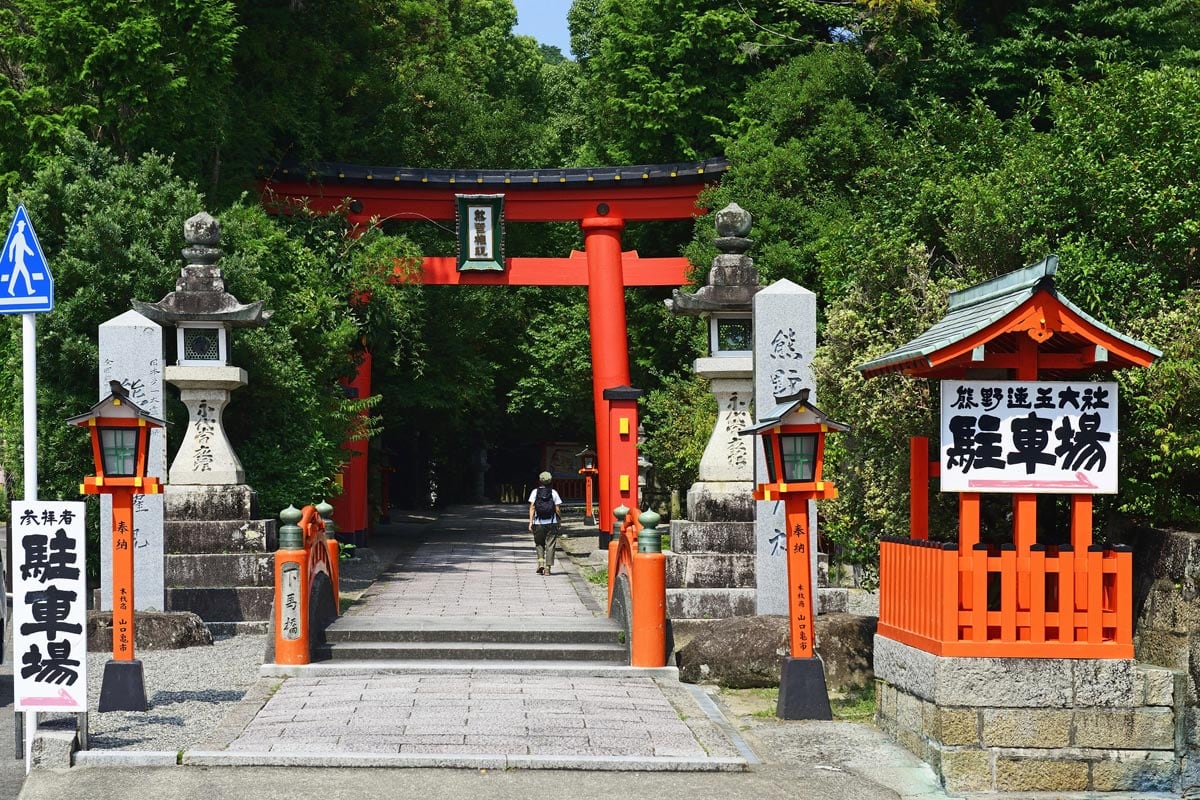
Nachi Taisha:
If I had to pick a favourite temple in Japan it would be Nachisan Seiganto-ji Temple. This really is one of the best things to do in Kumano.
The photos says it all, but this is a bright orange temple overlooking Nachi Falls, the tallest waterfall in Japan standing at 133m. I mean, look how beautiful it is!?
This is where I finished my Kumano Kodo trek and it was the perfect place to pause and reflect on the beauty of the area. Honestly, this is what the Kumano is all about, views like this. This is an incredibly holy place and there’s another beautiful shrine to take in at the bottom of the falls.

Kumano Kodo accommodation
Obviously there are countless options of places to stay at along the Kumano Kodo trail. These are a mixture of Japanese-style lodges and Western B&Bs/hotels.
Prices vary massively from as little as 2,500 yen (£18) per night all the way up to 25,000 yen (£180) per night for an uber lux place.
Some places offer dinner and breakfast, and some only offer a bed for the night – it all depends what you’re looking for.
I would really recommend making all reservations beforehand. Speaking to a few homestay owners, they said they’re usually booked up 4-6 weeks in advanced, so try to book everything before this.
Here are a few places I’d recommend along the route though. I had dinner at Takahara Lodge and it has the most beautiful views of the mountains.
- Takahara Lodge – this one is probably my favourite and right on the Kumano Kodo trail
- Kumano Kodo Nagano Guesthouse – this is one of the most popular places to stay at
- Guesthouse TAKAO – one of the best budget homestays around
- Kishuji Minabe – nice hotel to relax at by the ocean
- Iruka Onsen Hotel Seiryuusou – a really gorgeous property with gorgeous views
- Shiraraso Grand Hotel – fantastic views from this place
Do you need a Kumano Kodo guide?
No, you don’t!
One of the best things about this pilgrimage is its self-guided. There are lots of signposts all along the route in Japanese and English pointing you in the right direction.
However, I had a guide (Waka from Mi Kumano Guides) for the last section and she was brilliant at pointing out things I would’ve missed myself; she really brought the history of the area to life.
If you really want to learn the history of the Kumano Kodo and all about the temples along the way, it’s recommended you hire a guide. You can find out some more information about the guides at the Kumano Kodo information centre (which is here).
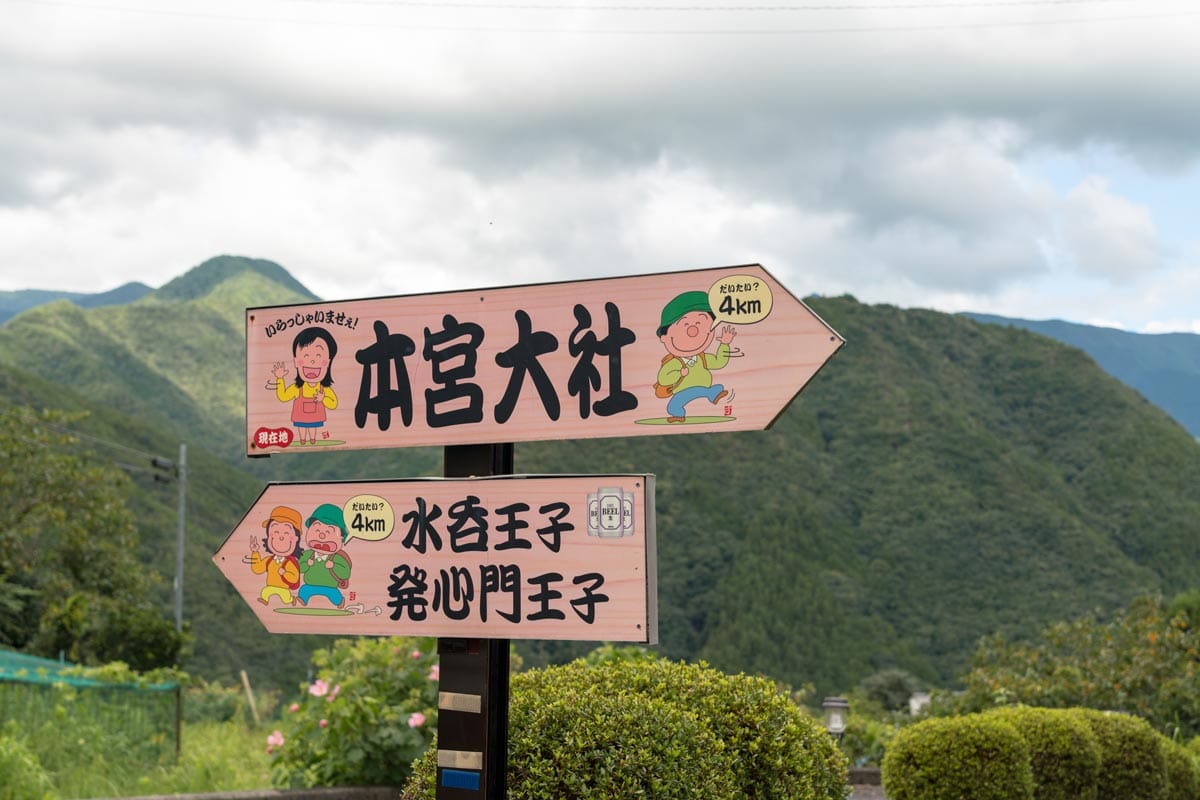
Don’t forget to stamp your trekking passport!
If you head to the visitors center before you start the Kumano Kodo walk then you’ll be given a passport book which you can stamp at a number of places along the route.
Even though it was a little gimmicky, I really like that stamping was encouraged and the passport book actually became a nice souvenir at the end of the trek.
You can also use this passport book on the Camino de Santiago to show you’ve done both pilgrimages. That’s when you get a special certificate saying you’ve completed both pilgrimages.
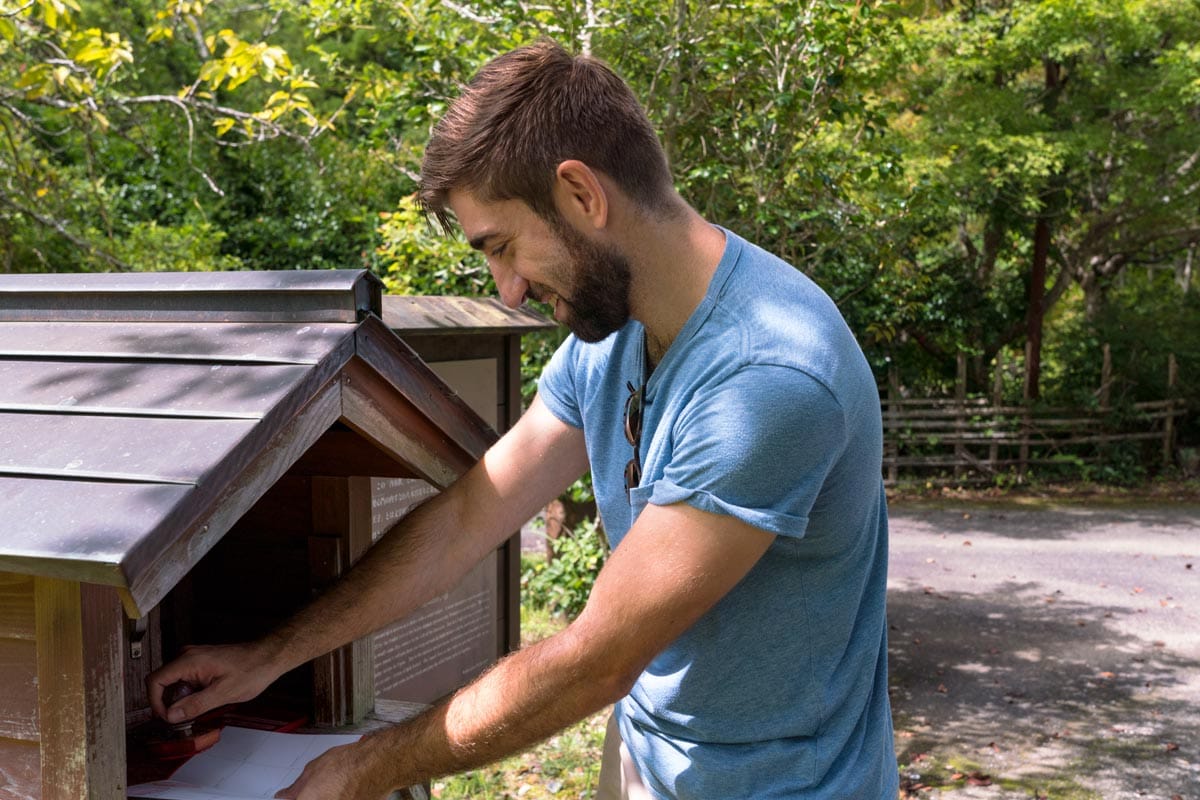
Top tips for the Kumano Kodo walk
- Insect repellent – My number one tip here but make sure you bring lots of insect repellent. Not only are there mosquitos here but there are huge horse flies too – they’re the ones that really hurt so spray up!
- Wear trousers and a long-sleeved shirt – When my guide turned up in trousers and a long-sleeved shirt in the blazing sunshine I thought “what is she wearing?” A few hours later and I was the one being bitten by bugs and she was happily drinking green tea. To further get rid of the bugs, cover yourself up!
- Bring waterproofs – If you’re hiking during the summer (also known as typhoon season) then bring waterproofs with you. Even if it’s bright blue skies the weather can change in an instant and you’ll be sorry if you don’t have any way to keep dry, especially for your camera.
- Bring money with you – With lots of tea houses on the route and places where you can buy souvenirs, make sure you bring enough money with you. I often found buying a coffee was a huge highlight of my day.
- Take off your shoes – If you’re entering someone’s house, always remember to take off your shoes. This is very important in Japanese culture and if you don’t it’ll cause offence to your host.
- Get naked – If you’re relaxing at an onsen after a long day’s hike, make sure you go in naked. Don’t worry, this is a part of Japanese culture and you’ll soon lose that self-consciousness once you get into the water. It really is the ultimate way to unwind.
Photos of the Kumano Kodo
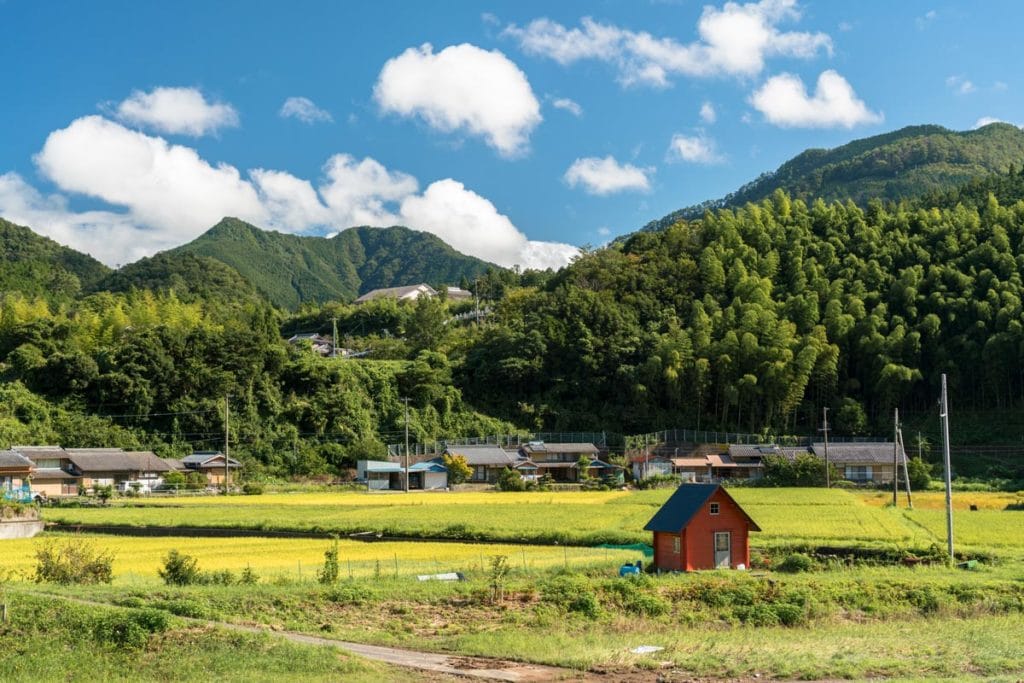
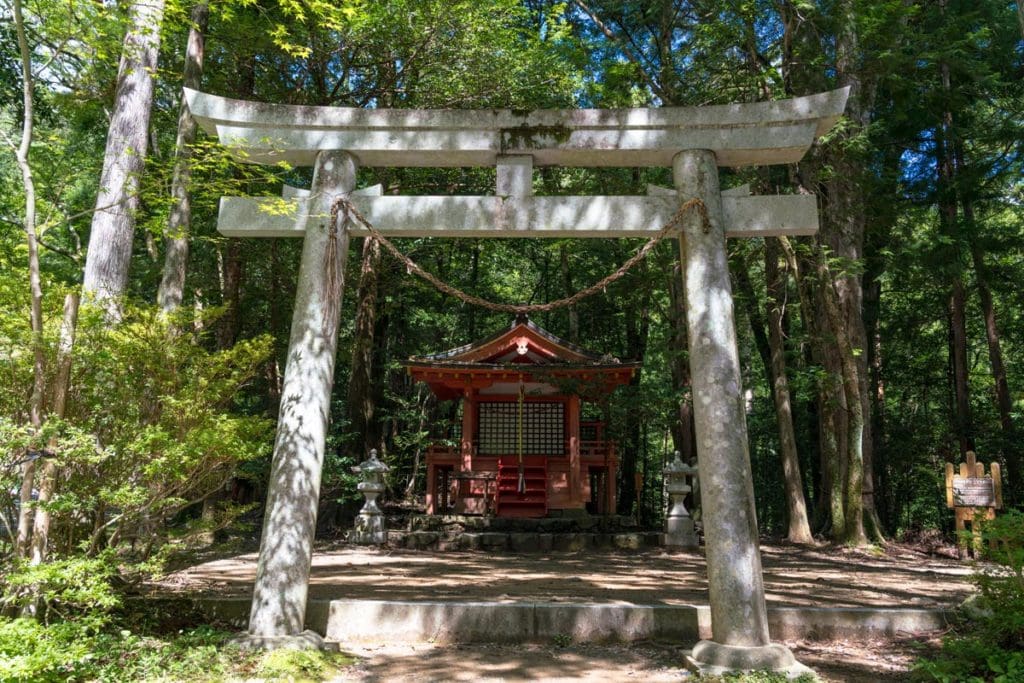
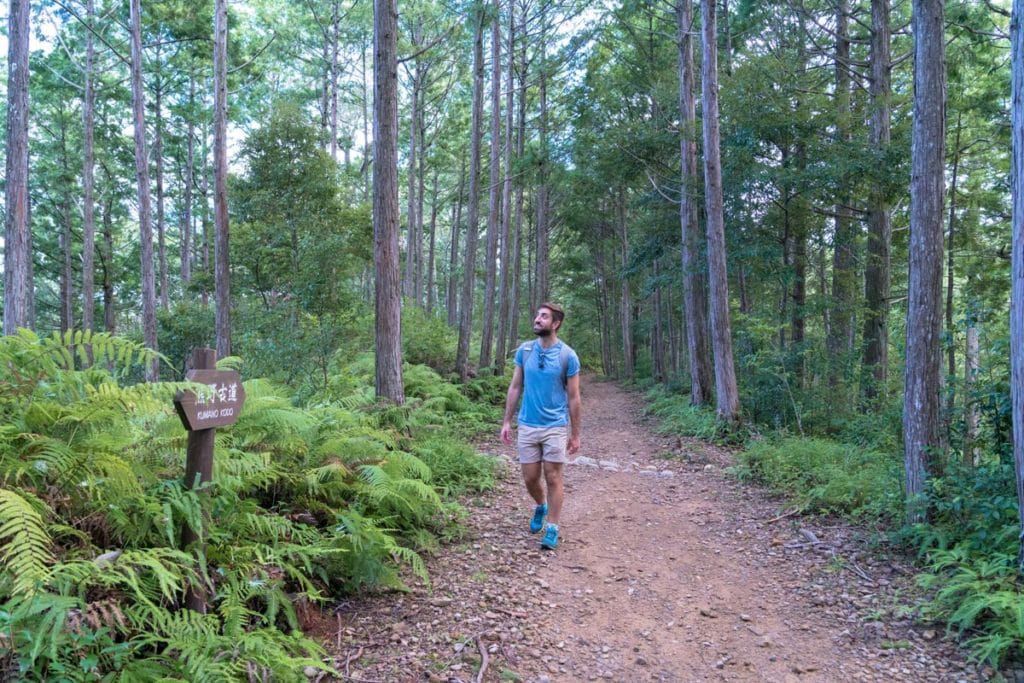
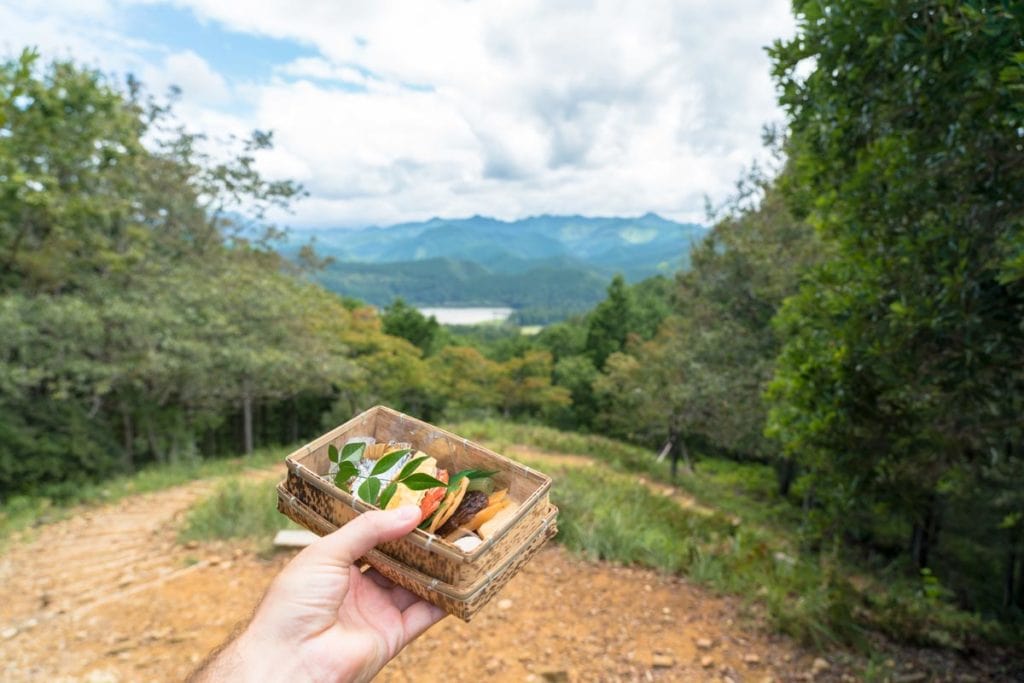
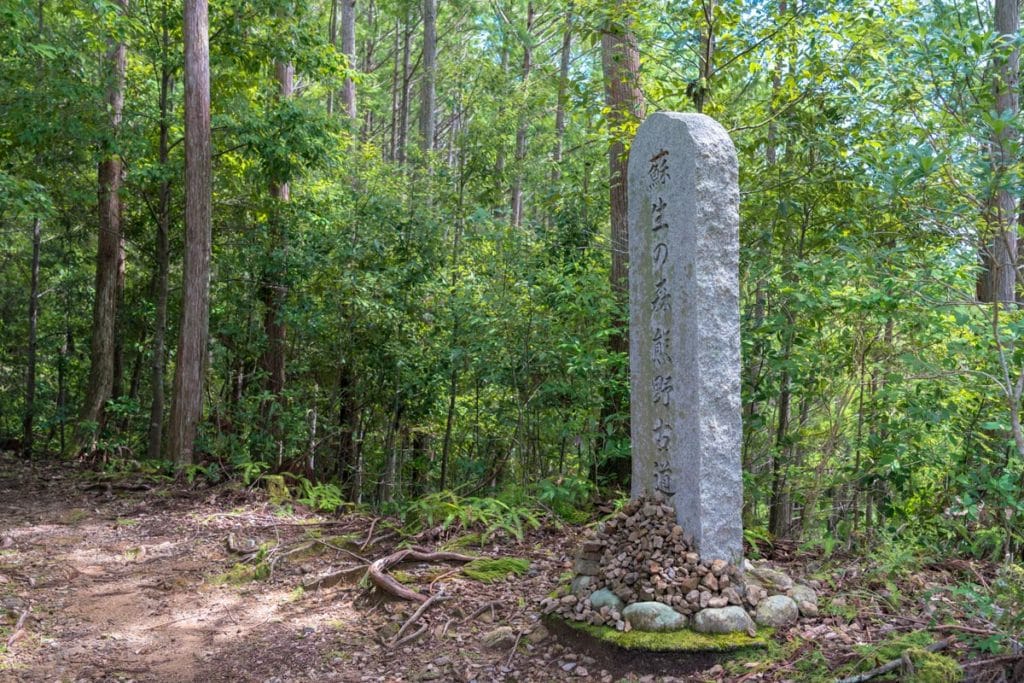
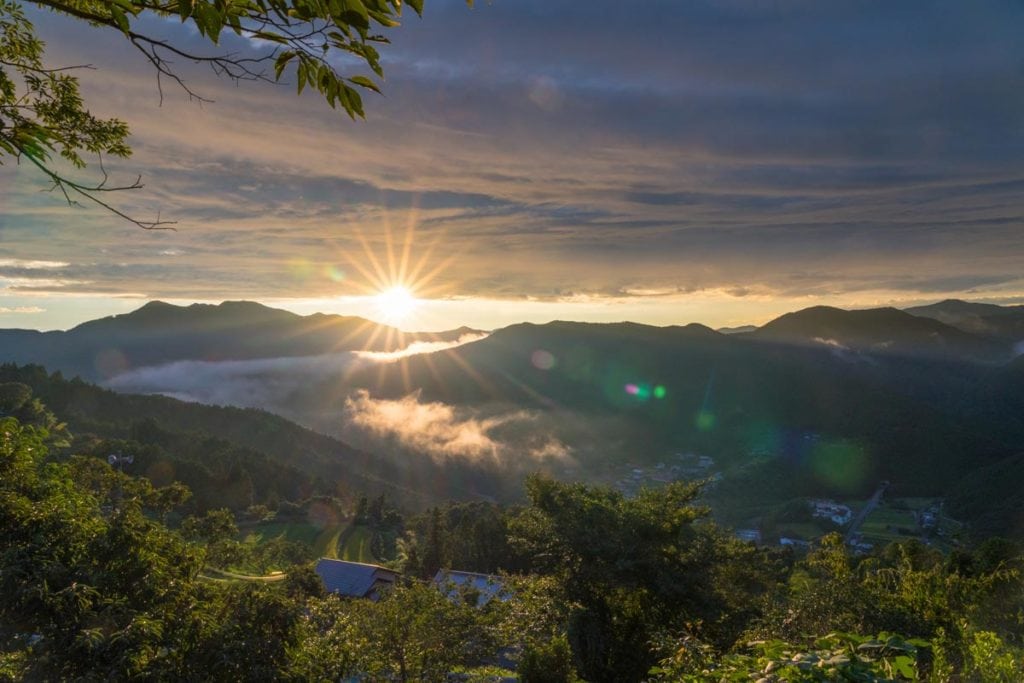
This trip was in association with the Japanese National Tourist Office (JNTO), and with Explore Shizuoka, Hot Ishikawa and Visit Wakayama showcasing some of the different peninsulas in Japan. As always, all views and opinions are my own.
Are you doing the Kumano Kodo trek? If you have any questions at all about the trek at all then just let me know in the comments below!
Like this blog post? Then make sure you Pin it!
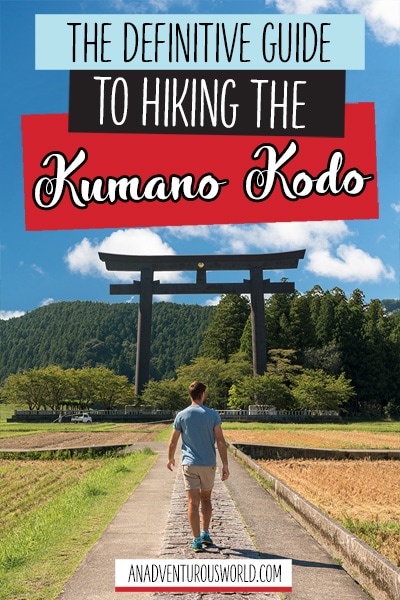

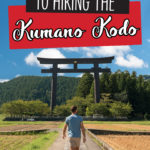
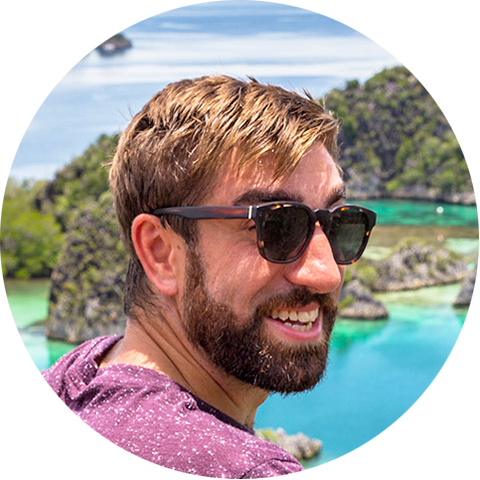
Thanks for all the tips.
Is the trail safe for a solo female traveler ?
And how can I get my luggage transferred from each point so that I only carry a day pack with water and snacks?
Macca, 3 of us from Malaysia want to undertake this adventure of Kumano Kudo. After reading your blog, just want to know how we can get started on this adventure. Appreciate your response and if possible if I can set up a Zoom call to discuss more about it
That’s great to hear! What stage of planning are you at? You should be able to get the most up-to-date information at this website – https://www.tb-kumano.jp/en/. Let me know how else I can help out though!
Hello,
Where did you stay when you had dinner at the Takahara Lodge? We could another guest house near Takahara but it seems quite far to walk to for dinner. Thanks!
Is it possible in One day to train from Osaka, walk Takijiri-Oji to Tajahara and then bus to Yunomine Onsen for the night or too much?
We stayed at a little guest house in the village near Takahara Lodge and walked up the hill to it. It was well worth it for the views I promise you! And yes, you could do all of that in a day if you set off early enough. You’ll certainly enjoy the onsen at the end of it!
Hi thank you so much for your post! My friend and I did the Camino du Santiago from France to Santiago – we would like to do the 6 week hike? I can’t seem to find where to start organizing it and getting the maps etc. Can you please advise us?
Kathleen
Hi Kathleen! Did you find the information you were after? If not let me know and I’ll help out with it!
Hey Macca! This piece was very helpful. What’s the best way to book ahead? It’s kind of confusing because I don’t know where I’ll stop or end up?
It depends on what you mean by book ahead. For accommodation I’d use booking.com (that’s my preferred booking site), and for everything else I’d do it a few days beforehand.
We’re planning on running the Imperial Route…I see that there are guided runs, but want to be sure it would be culturally appropriate to run the trails. Your thoughts?
It’s a really good question Kyle and thanks for asking it. You’ll be absolutely fine running the trails. As long as you’re respect of other hikers when passing by it won’t be a problem at all. Maybe pack a spare pair of socks and shoes for the temples though!
Hey Macca,
I only have 3 days to do some of the trek. I was wondering if it was possible to start the hike at Hosshinmon-oji and finish at Nachi Taisha? Or is it recommended to start the hike at Takijiri and finish at Hongu Taisha?
Thanks
You can do the first one! I really recommend finishing at Nachi Taisha as it’s such a spectacular spot. Hopefully you can find a route that works for you though!
Hi Macca,
What is the proximate cost of the 5 days trek?
Thank you
It all depends on where you stay, but if you’re in simple accommodation I would say it costs approximately around $200 for a self-guided 5-day trip. It can be done cheaper for sure – it all depends on your style of travel!
what is cost?
I’m excited to hike this. I’m wondering if anyone has any thoughts on doing the Nakahechi and then turning North to the Kohechi after all the cultural stops are done?
I think it’s a great idea Vita! Then you get to see more of the region – Wakayama is one of my favourite places in Japan!
I wanna do this.. but not sure if i can make it alone. I just don’t want to stress myself out. Is there a travel agency that I can just pay for everything for airport transfer, to accommodations and transportation? Also, I would love to join other hikers.
Good question and there are definitely some tour agencies that offer this. WalkJapan are a fantastic company who I’d recommend for a tour to the Kumano Kodo.
Hi, I’m planning for Kumano Kodo, there are lots of info online but I’d like to get a hold of a paper version too. What’s the best way to get a guide book in the UK? Also, do you have any tip for a kayak trip while trekking the Kumano? Thank you Macca!
There’s actually an amazing book called ‘Japan’s Kumano Kodo Pilgrimage’ by Cicerone guide books which I really recommend as a paper version. It’s packed full of useful information and has everything you need!
Hi Macca,
Very good article with lots of useful information. I am planning to do Kumano Kodo in early September – 5 days. I have done Camino Santiago (twice). Is it common to walk with one’s back pack everyday – as most people do on Camino de Santiago?
Thank you for giving accommodation recommendations. Is there a particular site that’s useful to do the reservations?
Thank you
Hi Jose! Yes, it’s very common to walk with a backpack on your back. There are lots of tea stations along the route too where you can relax and rest for a bit to give your shoulders a break. As for booking accommodation, I’ve always gone with booking.com and I find them the easiest to use. I *think* there are a couple of local ones though so make sure you look around online first!
Aloha Macca. My friend and are looking at this route but we prefer camping to lodging. Is camping allowed? Mahalo
I’m not 100% sure about wild camping (though I know people who have done this). There are definitely camp sites you can pitch up a tent and obviously a fraction of the cost of other accommodation. Take a look here which should help – http://www.tb-kumano.jp/en/lodging/campgrounds-bungalows/
Hi Macca,
I really enjoyed reading your post on the Kumano Kodo, there are some really fantastic tips there.
My partner and I are headed to Japan in mid May, and we’ll only have one day to do a portion of the Kumano Kodo (unfortunately!). Do you have any advice for where is a good place to do a day trip? Preferably a round trip, but that’s not necessary. We’ll be staying in the area the night before and night after, and are happy to spend most of our day walking.
Thanks in advance for any advice 🙂
I’d say the last day to Nachi Taisha. You can stay in Takahara where there are some really nice places to stay at. Then you can head down into the valley and work your way through the last half-day / full-day of the Kumano Kodo to Nachi Taisha (which was my fav bit I’d say!) I hope that helps!
How can I get the “credencial” and passport?????????????????
If you pop to the tourist information office they’ll have the passport there. Also, a lot of the hiking hotels will have them too!
We are planning to hike Nakahechi for 3 full days this coming June. Do you have advice on whether to start hiking the trail on the East side of the penninsula or the West side? With only 3 days of hiking, I don’t believe we can do the entire route so would like to start on the most scenic and interesting side and then head towards the middle from there. Thanks in advance…
Hi Liz! I’d recommend starting at Tanabe in the south west and going from there on the Nakahechi route. I would say that’s the most popular point to start from for a shorter 3-day hike. To be honest with you though, it is such a beautiful hike it doesn’t really matter where you start because it’s all so stunning!